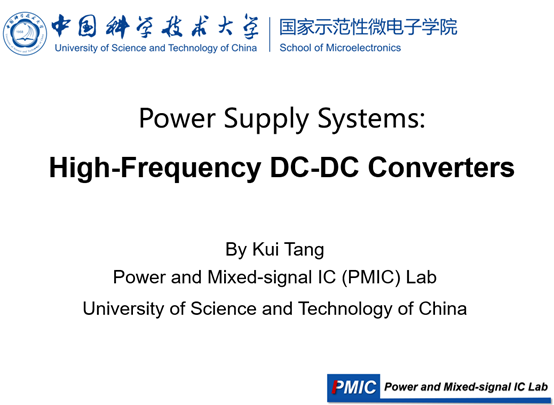
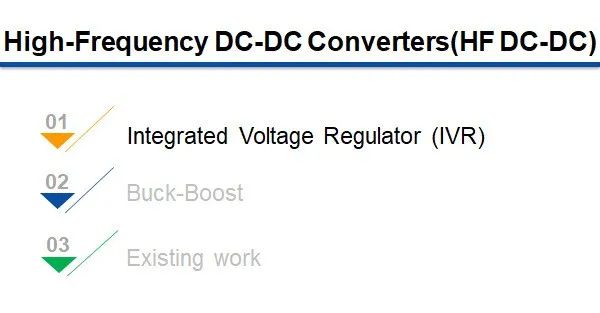
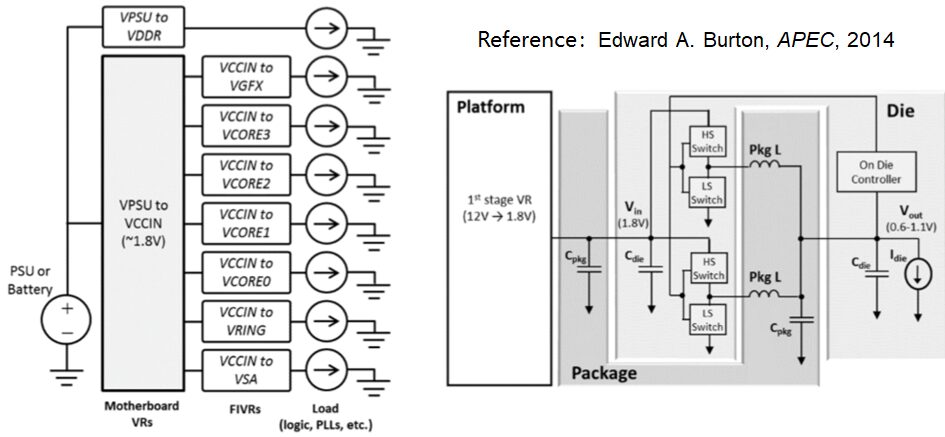
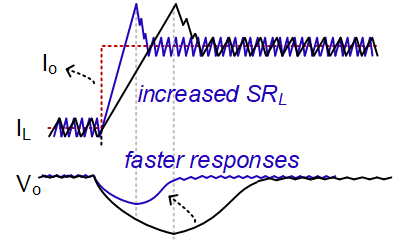
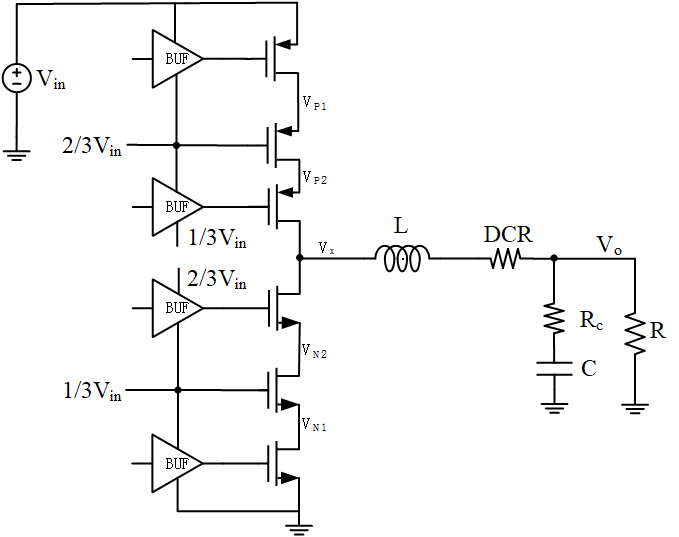
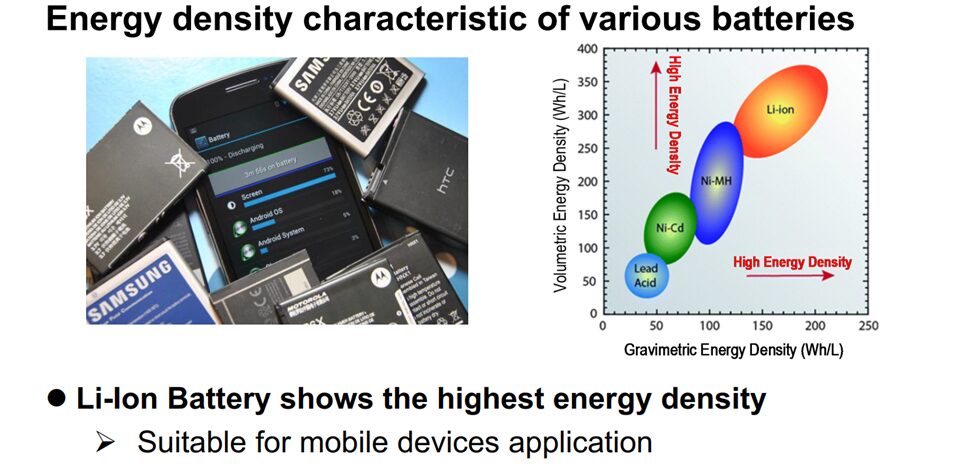
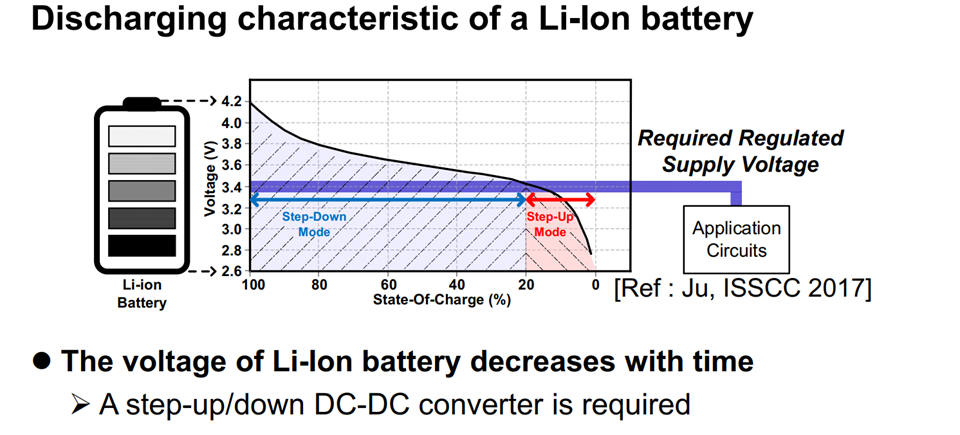
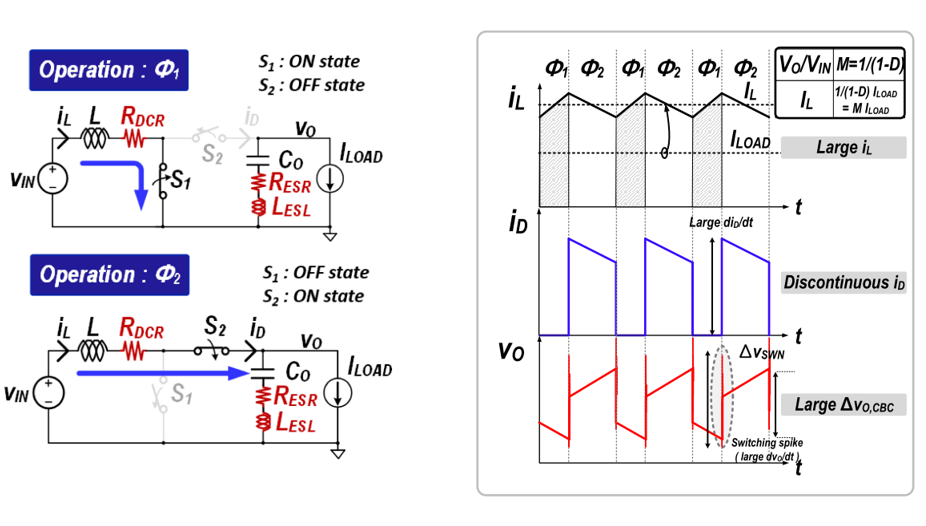
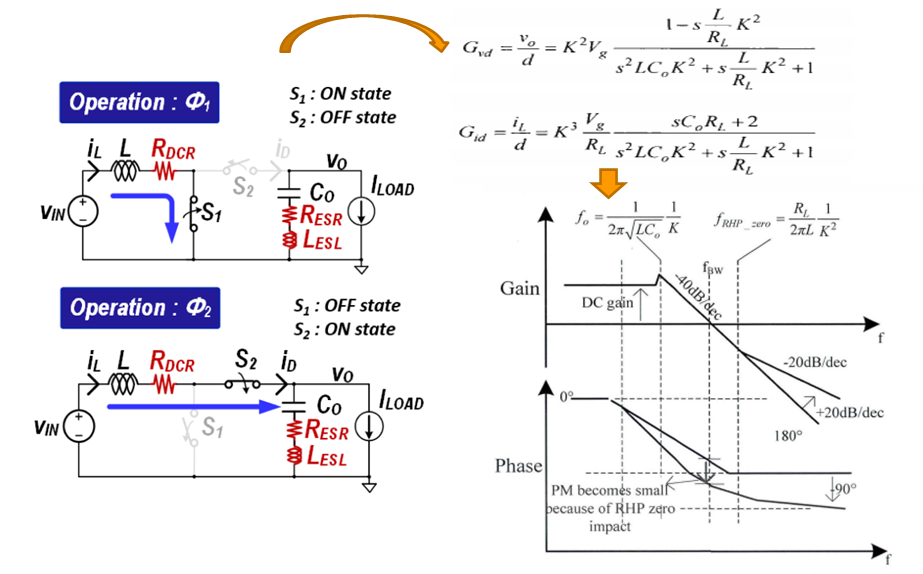


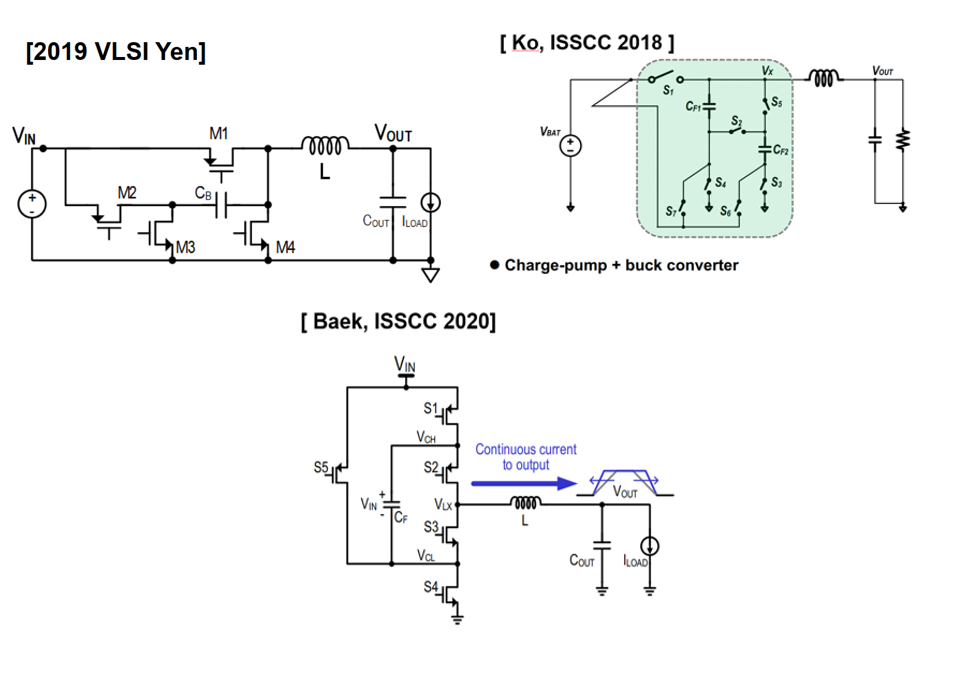


Senior Brother Tang Kui’s sharing sparked enthusiastic discussions, with many junior and senior students asking their questions to the seniors. Thus, this month’s seminar comes to a close, and the next seminar will focus on Envelope Tracking (ET), hosted by Chen Changjin. We welcome students from all grades and majors interested in IC design to come to the fusion building in the north district of the university for交流学习.